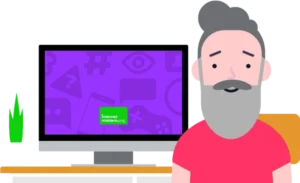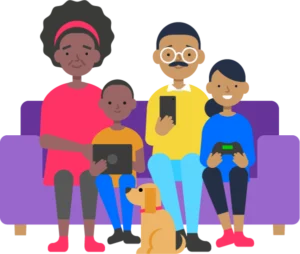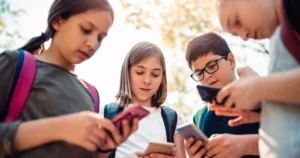Research

Read our latest research reports and insights, offering valuable perspectives on key online safety issues.

Latest research articles and reports
You’ll find reports on topical and emerging online safety issues impacting children’s media literacy and wellbeing.
Research Spotlight
Children and young people’s mental health
We regularly explore topics in depth to inform our resources for parents and shape policy. See our annual Children’s Wellbeing in a Digital World Index to learn more.

Digital wellbeing research programme
Our research programme tracks the experiences of children in the online space to help families, educators, Industry and Government make effective and supportive changes.
Watch and Learn
See our latest videos featuring tips and advice on online issues children and young people are experiencing to offer support.
 Close video
Close video
 Close video
Close video
Explore news & opinions hub
Navigate our hub to find articles and insights from parents and professionals to support children online.
Interested in our latest announcements? See our press releases
Meet our expert panel
Our experts offer advice, information and guidance on a range of online safety issues. Learn more about their expertise.
Have you talked to your child about AI?

Get personalised advice and ongoing support
The first step to ensure your child’s online safety is getting the right guidance. We’ve made it easy with our ‘My Family’s Digital Toolkit.’






